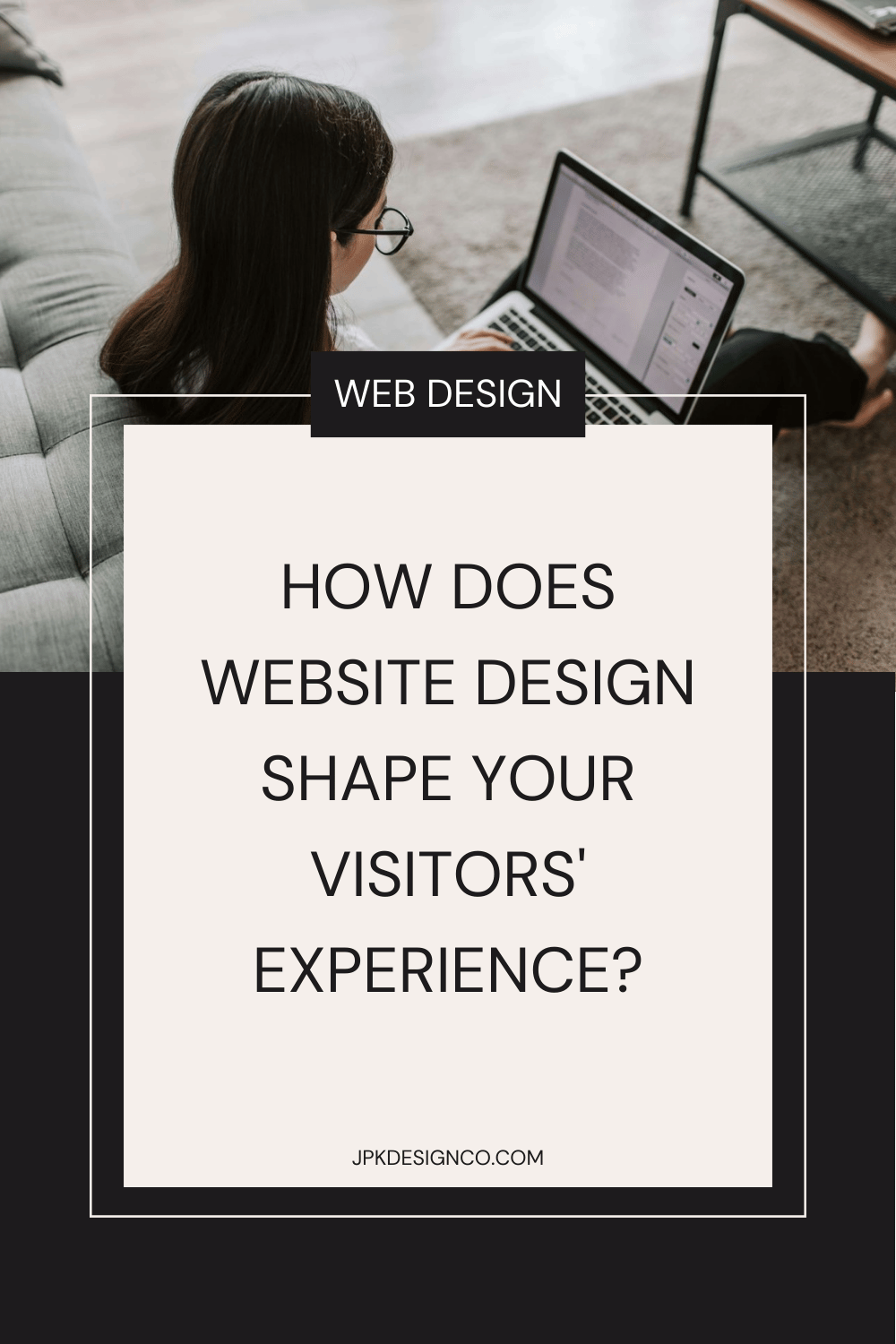How Does Website Design Shape Your Visitors' Experience?
Table of Contents Show
Website design is important for how users feel and interact with a website, and it can make a big difference in whether they like using it and find what they need easily.
Website design isn’t just about having a pretty site; it’s about providing a good user experience (UX). A well-designed website is easy-to-navigate and provide a good user experience.
In this post, I’ll share some of the best website design tips and tricks to help you create a website that brings your website visitors and users an engaging experience.
What is Website Design?
Website design is the first experience that website visitors have with your website.
It’s what they see when they land on a page and how you choose to present content or information to them.
The website design includes the placement of elements, colors used, images and graphics, text layout and readability, and the overall user interface.
How Does Website Design Affect User Experience?
Website design is a core component of user experience (UX) because website visitors and users are more likely to stay on your website if it’s well designed.
Your website should be easy to navigate, have readable fonts and colors that don’t cause eye strain. If you want people to read what you have written (and you do, don’t you?), your website needs to be user-friendly.
Another important factor of user experience is making sure that your website is mobile-friendly, especially as more and more of your visitors will likely be visiting your website from their mobile device. Your website design needs to look good and work well on all devices and screen sizes.
What Makes Website Design Great?
Great website design is a combination of things like the visual layout, website navigation, ease of use, and user experience. If your website’s not easy to use or doesn’t have excellent usability, then people will bounce. And you don’t want that, you want your visitors staying and converting.
Your website pages need to have structure and flow. When someone visitors your homepage, for example, are your links and content internally linked and connected in a way that makes sense?
Another important note is that great website design is also accessible. We should all be making accessibility a priority, especially with our website and business presence.
What is an Example of Good Website Design?
Here's an example of a well-designed website for a business coach named Malaya:
HOMEPAGE
Top Section:
A high-quality hero image showing Malaya in a professional setting.
A clear, concise headline that communicates Malaya’s unique value proposition.
A call-to-action (CTA) button, such as "Get Started" or "Learn More," prominently displayed.
About the Coach:
A section with a professional photo of Malaya.
A brief bio highlighting Malaya’s experience, qualifications, and coaching philosophy.
Services Offered:
A clean layout listing the coaching services, such as one-on-one coaching, group workshops, and online courses.
Each service with a short description and a CTA to learn more.
Testimonials:
Quotes from satisfied clients, ideally with their photos, adding credibility and trust.
Blog or Resources:
A section with links to recent blog posts or free resources, showcasing the coach's expertise.
Contact Information:
An easy-to-find contact section with a simple form, phone number, and email address.
OTHER ELEMENTS:
Navigation Bar: Clear and easy to use, with links to home, about, services, testimonials, blog, and contact.
Mobile Responsiveness: The site works well on different devices, adjusting layout for smaller screens.
Color Scheme and Fonts: Professional and calming colors with readable fonts, reflecting the coach's brand identity.
Speed and Performance: The website loads quickly, with optimized images and efficient coding.
SEO Optimization: Use of relevant keywords in content and meta tags for better search engine visibility.
Social Media Links: Links to Malaya's professional social media profiles in the footer.
How Can You Improve Your Website's Design?
There are loads of things you can do to improve your website design and make it more user-friendly.
Here are some tips:
Use an easy to read font like Arial or Helvetica for your main text font
Stick to a limited color palette (Squarespace offers a structured palette system, which is helpful to not go to overboard.)
Use whitespace to help break up content and make it easier to read
Map out your website pages and sitemap before you start designing and creating them
Website design is a high-level skill. If the DIY options aren't doing it for your business presence, investing in a professionally-designed website might be worthwhile.
The website is often the first place website visitors will come to, so it’s vital that your website is user-friendly, easy to navigate, and has a great design.
Your website is the biggest piece of your business and brand, which is why investing in a professional website is one of the best business investments you can make.
Want a professionally designed website that aligns with your brand and values and keeps good user experience in mind?

